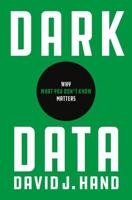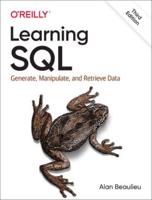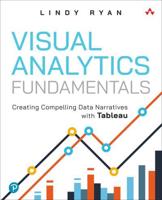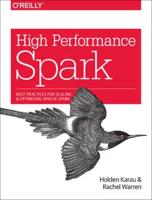Publisher's Synopsis
In today's digital world, the huge amount of data being generated is unstructured, messy, and chaotic in nature. Dealing with such data, and attempting to unfold the meaningful information, can be a challenging task. Feature engineering is a process to transform such data into a suitable form that better assists with interpretation and visualization. Through this method, the transformed data is more transparent to the machine learning models, which in turn causes better prediction and analysis of results. Data science is crucial for the data scientist to assess the trade-offs of their decisions regarding the effectiveness of the machine learning model implemented. Investigating the demand in this area today and in the future is a necessity.
The Handbook of Research on Automated Feature Engineering and Advanced Applications in Data Science provides an in-depth analysis on both the theoretical and the latest empirical research findings on how features can be extracted and transformed from raw data. The chapters will introduce feature engineering and the recent concepts, methods, and applications with the use of various data types, as well as examine the latest machine learning applications on the data. While highlighting topics such as detection, tracking, selection techniques, and prediction models using data science, this book is ideally intended for research scholars, big data scientists, project developers, data analysts, and computer scientists along with practitioners, researchers, academicians, and students interested in feature engineering and its impact on data.










